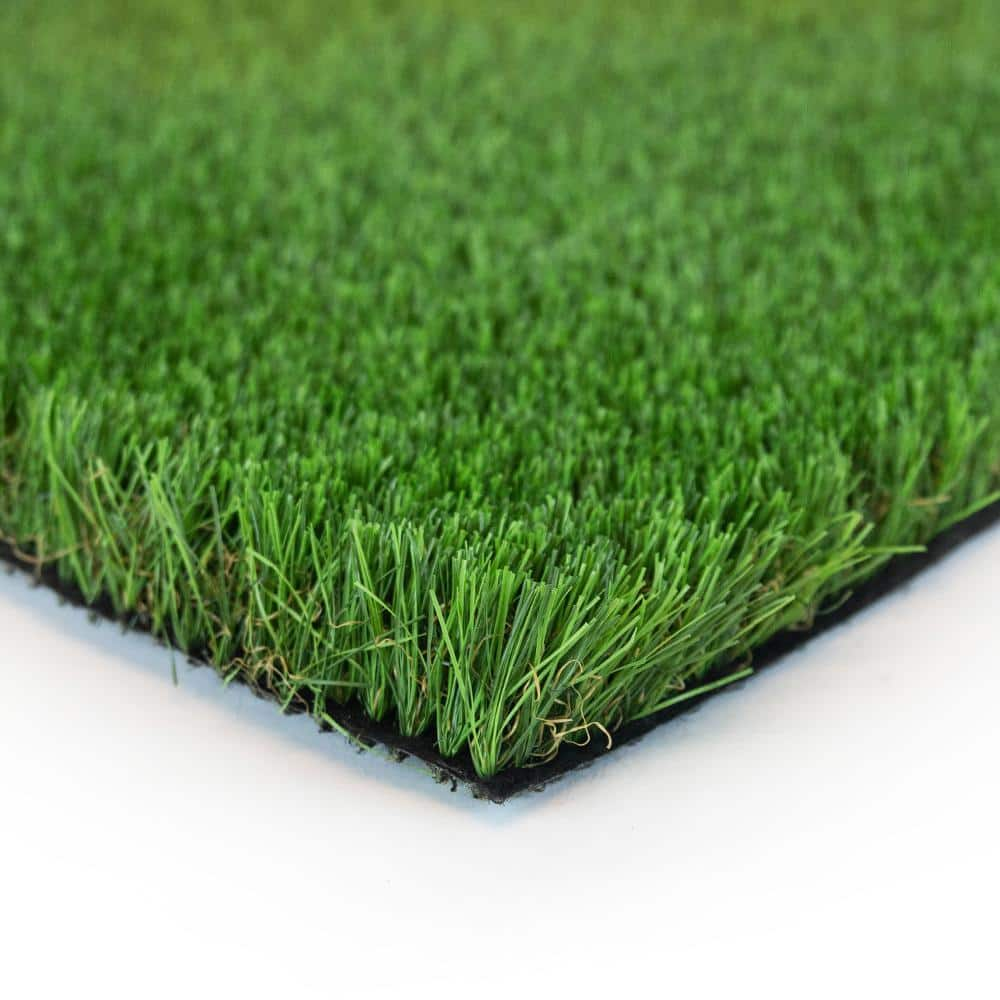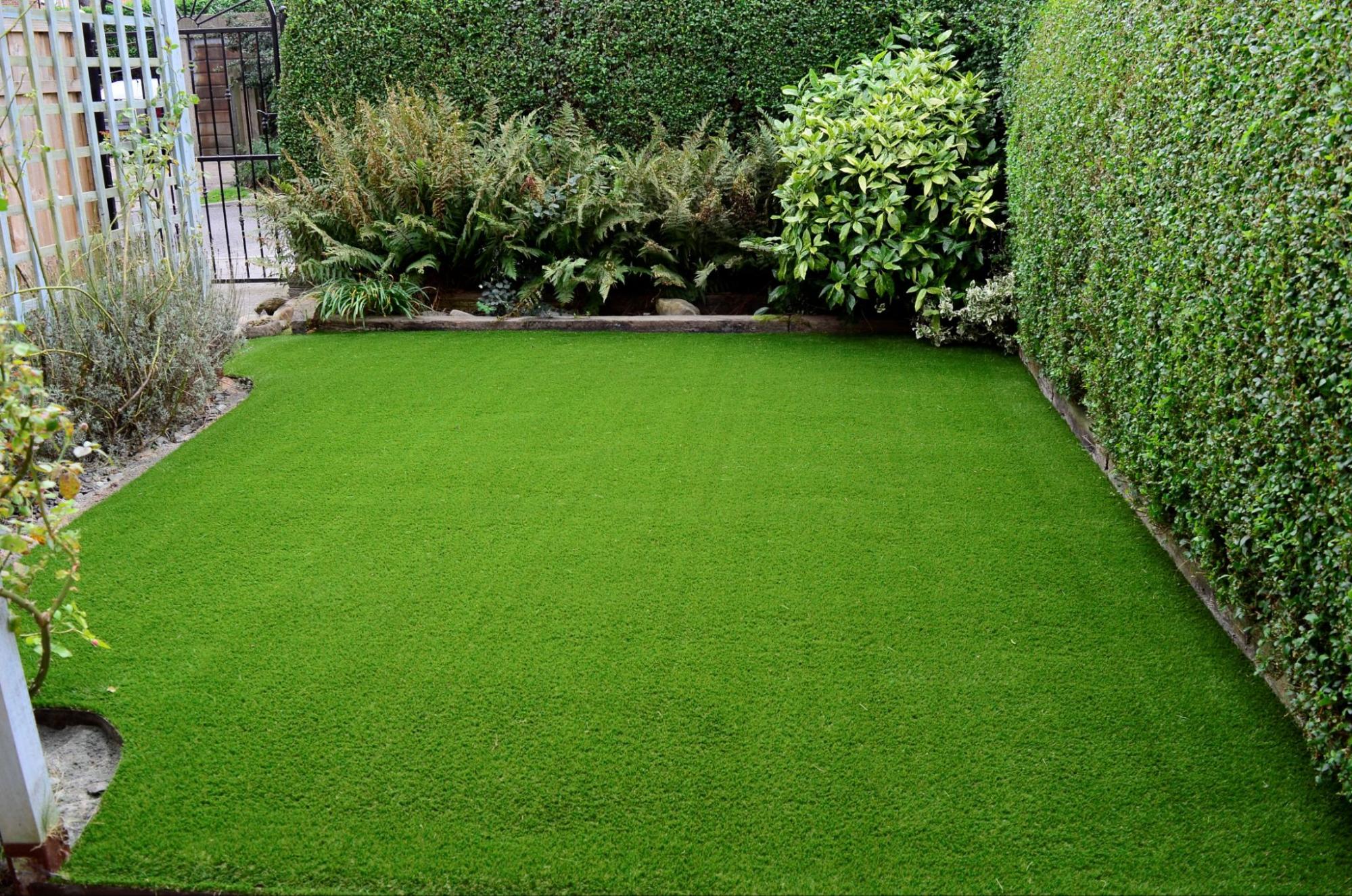Upgrade Your Yard with Professional Turf Installation Phoenix AZ Solutions
Upgrade Your Yard with Professional Turf Installation Phoenix AZ Solutions
Blog Article
Delve Into the Environmental Perks of Opting for Artificial Grass Solutions
The adoption of man-made turf remedies offers a compelling possibility to address pressing ecological difficulties. By substantially lowering water usage and minimizing the application of harmful chemicals, these choices not only promote lasting landscape design but likewise shield neighborhood ecosystems.
Water Preservation Advantages
One of the most substantial benefits of fabricated grass is its ability to save water. In contrast, synthetic lawn does not require watering, dramatically lowering the overall demand for water resources.
By eliminating the demand for regular watering, man-made grass adds to sustainable landscape techniques and assists reduce the ecological impact of extreme water consumption. The conservation of water prolongs to the decrease of overflow, which can lead to soil disintegration and river air pollution.
Furthermore, the setup of synthetic grass permits home owners and towns to allot water sources more efficiently, concentrating on important usages such as drinking water and agriculture. The shift towards synthetic grass not just advertises liable water usage yet also lines up with wider environmental objectives targeted at preserving all-natural sources.
As communities significantly prioritize sustainability, the water preservation advantages of synthetic grass provide an engaging instance for its adoption in domestic and industrial landscaping projects.
Lowered Chemical Use
The transition to synthetic grass substantially reduces the dependence on chemical treatments generally used in natural turf upkeep. Traditional turf monitoring normally entails the application of chemicals, fertilizers, and herbicides to promote growth and control bugs. These chemicals can present risks to human wellness, local wildlife, and the setting, adding to soil and water contamination.
In contrast, fabricated grass removes the need for these hazardous materials. By decreasing the launch of synthetic substances right into the ecosystem, fabricated turf advertises healthier dirt and water systems.
In addition, the absence of chemical drainage connected with synthetic lawn setups helps safeguard local rivers from pollution, supporting aquatic life and keeping biodiversity. Arizona artificial turf. As communities significantly prioritize lasting techniques, deciding for fabricated turf provides a practical service that lines up with environmental conservation objectives. Through this change, homeowner can take pleasure in lush green spaces without compromising ecological wellness, paving the method for a much more sustainable future
Lower Carbon Footprint

Moreover, the installation of synthetic grass can lead to substantial water conservation. All-natural yards call for substantial quantities of water for irrigation, which not only contributes to the carbon impact related to water extraction and treatment however additionally strains regional water resources. In contrast, synthetic grass requires marginal upkeep, requiring no watering, thereby substantially reducing water use and its connected energy costs.
Additionally, the longevity of man-made lawn adds to its reduced carbon influence. With a lifespan of up to 15 years or more, the need for frequent replacements is lessened, causing much less waste and reduced power consumption in production and taking care of standard lawn choices. In general, synthetic grass provides a sustainable choice for eco mindful landscaping.
Environment Conservation
Habitat preservation is a vital consideration in the argument over landscaping find selections, specifically when contrasting man-made lawn to natural grass. All-natural lawn yards frequently need comprehensive upkeep, including making use of plant foods, pesticides, and herbicides, which can adversely influence neighborhood environments. These chemicals can leach into the dirt and rivers, hurting native flora and animals and interfering with regional environments.
Artificial grass eliminates the demand for harmful chemicals, therefore safeguarding close-by wildlife and preserving the integrity of surrounding ecological communities. The installation of man-made lawn can lead to the conversion of previous lawn areas right into more biodiverse landscapes, such as pollinator yards or indigenous plant areas, which can sustain regional wildlife.
Ultimately, the shift to synthetic grass not just conserves water and lowers upkeep efforts but also cultivates a more harmonious connection between human tasks and the all-natural setting, promoting environment preservation at the same time.
Long-Term Sustainability
Long-term sustainability is a crucial element in reviewing the benefits of fabricated turf over conventional yard yards. Among the most substantial advantages of synthetic grass is its durability; it can last as much as 15-20 years with very little upkeep, whereas all-natural lawn needs constant reseeding and substitute. This longevity lowers the demand for consistent resources, such Go Here as water, plant foods, and chemicals, which are necessary for keeping a healthy and balanced yard yard.
Additionally, synthetic grass contributes to a decrease in carbon discharges associated with yard care devices. Typical lawns frequently call for gas-powered mowers, trimmers, and blowers, all of which contribute to air contamination. Arizona turf. In comparison, synthetic grass removes the need for such devices, advertising a cleaner atmosphere
Furthermore, the production of synthetic lawn significantly makes use of recycled materials, enhancing its sustainability profile. As producers take on environment-friendly techniques, the environmental impact of synthetic grass proceeds to diminish.

Conclusion
The fostering of fabricated grass options presents significant environmental advantages, consisting of considerable water conservation, reduced dependence on damaging chemicals, and a reduced carbon impact. Additionally, synthetic grass aids in protecting natural environments by reducing land disturbance and promoting lasting sustainability with making use of long lasting materials. Collectively, these elements emphasize the possibility of man-made grass to contribute favorably to environmental wellness and supply a feasible choice to traditional landscape design methods in an increasingly resource-conscious globe.
In comparison, man-made lawn does not require watering, significantly reducing the total demand for water sources. By reducing the release of synthetic compounds right into the community, synthetic turf promotes healthier soil and water systems.
Furthermore, the installation of fabricated turf can result in significant water conservation. In comparison, synthetic turf needs very little click reference maintenance, requiring no watering, thus considerably decreasing water usage and its associated energy prices.

Report this page